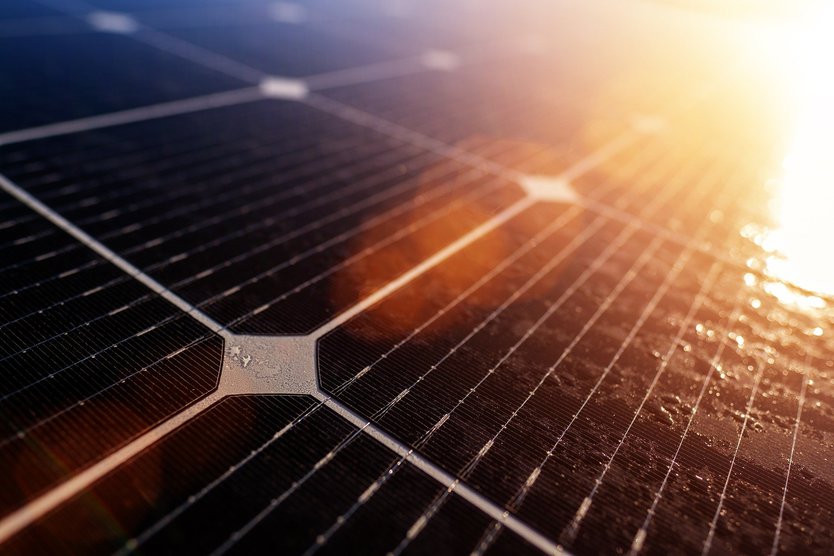
The Fraunhofer Institute for Solar Energy Systems achieves a record conversion rate of 68.9 percent using a cell made of gallium arsenide (GaAs).
© Pixabay
Solar radiation is not the only light source that can generate electricity via photovoltaic (PV) cells. Researchers from the Fraunhofer Institute for Solar Energy Systems (ISE) recently presented their work on laser light powered PV cells at the 48th IEEE Photovoltaic Specialists Conference, in which they achieved a record conversion rate of 68.9 percent using a cell made of gallium arsenide (GaAs).
In this new form of energy transmission called “Power by Light”, the laser is delivered either by optical fibre or through the air to a cell made from a semiconductor material which matches the wavelength of the laser light. The PV effect is particularly effective when the light frequency is slightly above that of the “band gap energy” of the semiconductor. The team achieved the record conversion for a III-V PV cell exposed to a laser light of 858 nanometres. Their success was down to the thin film technology used in the cultivation of the cell layers on the GaAs substrate, in combination with a highly-reflective reverse mirror made from ceramic and silver.
“This thin film approach has two distinct advantages for the efficiency,” explains the physicist Dr Henning Helmers, head of the ISE team in a media release. “First of all, photons are trapped in the cell and the absorption is maximized for photon energies close to the band gap, which simultaneously minimizes thermalisation and transmission losses, making the cell more efficient. Secondly, the photons additionally generated internally by radiative recombination become trapped and effectively recycled. This extends the effective carrier lifetime, thus additionally increasing the voltage.”
Although tiny, the potential for using these PV cells in industrial applications is huge. They are ideal for applications which require isolated power supply such as wind turbines, the monitoring of high-voltage lines, fuel sensors in aircraft tanks, or applications for the Internet of Things.


